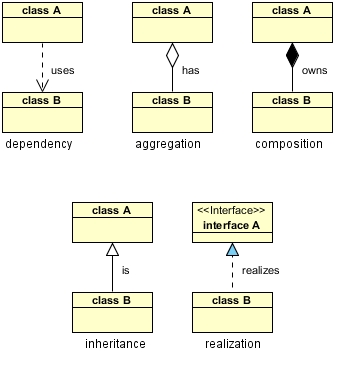The Singular Value Decomposition states that any matrix A (n x p) can be factored into A = UΣVᵀ where:
- U and V are orthogonal n x n matrices with orthogonal eigenvectors from AAᵀ and AᵀA. Vᵀ is a transposed matrix.
- Σ is a diagonal n x p matrix with the diagonal elements are ordered so that Σii ≥ Σjj for all i < j (descending order). These elements are the root of the positive eigenvalues of AAᵀ or Aᵀ A (AAᵀ and Aᵀ A have the same positive eigenvalues).
- uᵢ and vᵢ have unit length.
Example to find SVD of a matrix:
Applying A to a vector x (Ax = UΣVᵀx) can be visualized under geometry form.
Vᵀ represents a rotation or reflection of vectors.
Σ represents a linear dilation.
U represents a rotation or reflection.
Figure: geometry form of SVD
Another form of SVD:σᵢ are descending order so more significant elements left side. Example:

We can use SVD for Dimensionality Reduction (just keep the important components). This can be applied when dataset has more features (columns) than observations (rows). This helps reduced dataset to a smaller number of features. If we select the top k largest singular values. An approximate B of the vector A: B = (UΣVᵀ)k
Example:
σ₂ is very small, we can ignore it.
Example: Dataset relation is y=2x, using SVD to reduce dataset.from numpy import diag from numpy import zeros from scipy.linalg import svd import numpy as np # define a matrix A = np.array([[1,2],[2,4],[3,6],[4,8]]).T # Singular-value decomposition U, s, VT = svd(A) # create m x n Sigma matrix Sigma = zeros((A.shape[0], A.shape[1])) # populate Sigma with n x n diagonal matrix Sigma[:A.shape[0], :A.shape[0]] = diag(s) # select n_elements = 1 Sigma = Sigma[:, :n_elements] VT = VT[:n_elements, :] # reconstruct B = U.dot(Sigma.dot(VT)) print(B) # transform T = U.dot(Sigma) print(T)
Output: [[ -5.47722558] [-10.95445115]]















0 Comments